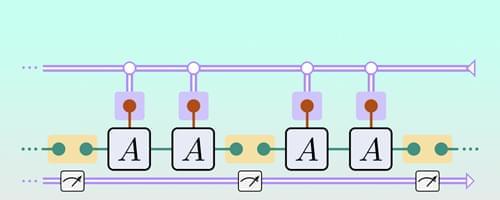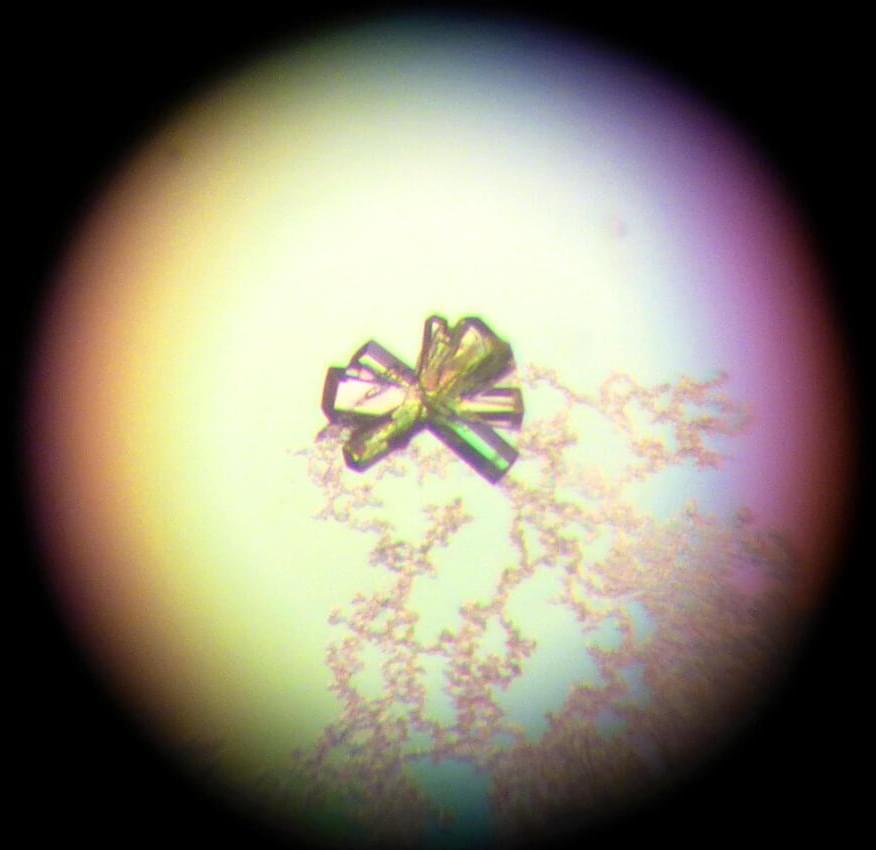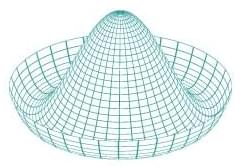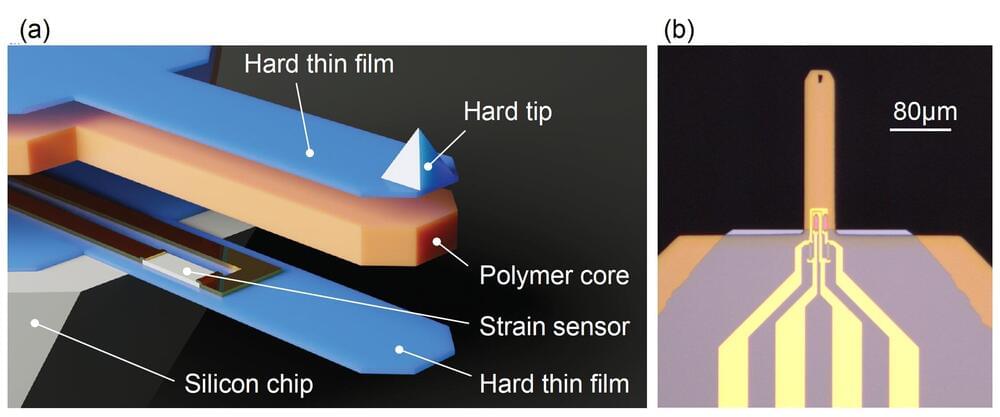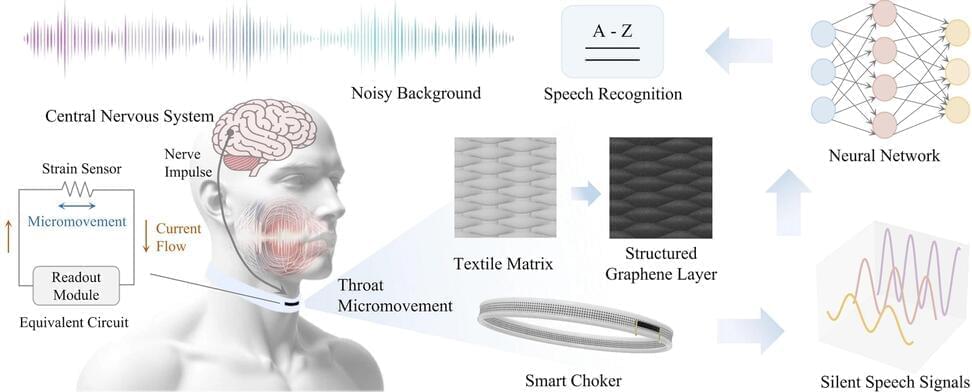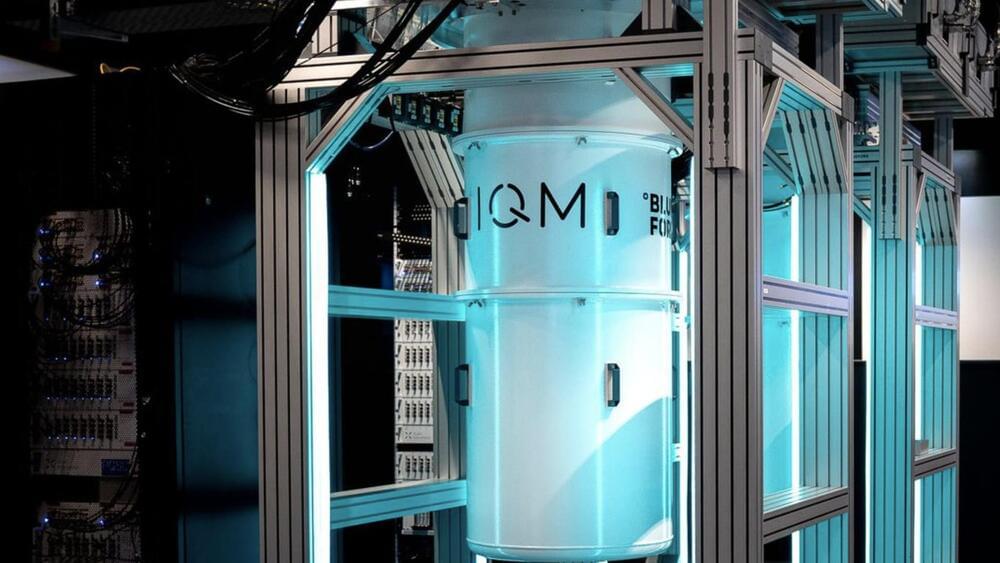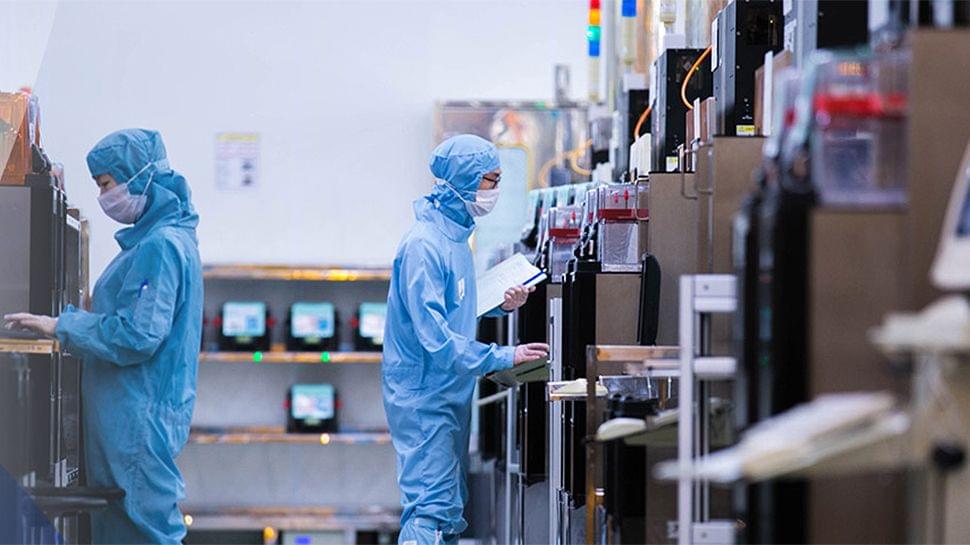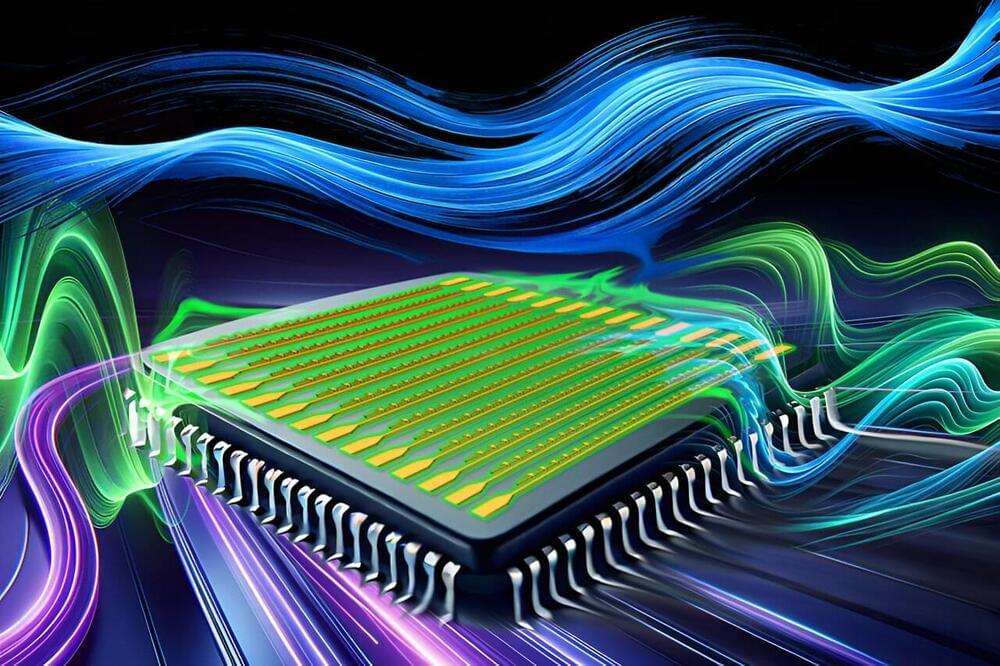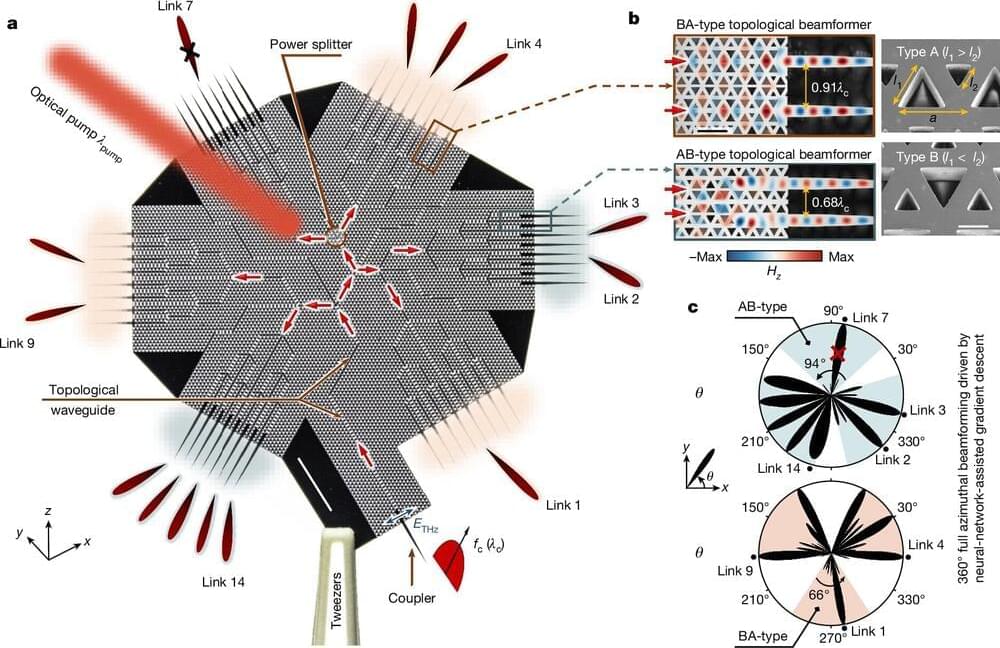A new method for preparing certain states on a quantum computer is predicted to take the same time regardless of the system size.
Category: computing – Page 62
The crystal structure the scientists developed can enable computational-based drug discovery to be used to target the i-motifs from the insulin gene, because when scientists know the specific 3D shape, they can design molecules digitally and model them to see whether they will fit.
Scientists can then develop new drugs using particular chemicals when they know which ones will fit the drug target best—a process called rational design.
As the first crystal structure of this type, the researchers say it will also be useful as a model for other targets in the genome, besides the insulin gene, which form this shape of DNA.
Physics stack exchange has recently been debating the question of the subjectivity of entropy.
I recommend Andrew Steane answer.
I’m a computer scientist doing some research that touches on basic concepts in statistical mechanics: macrostate, microstate and entropy. The way I’m currently conceiving of it is that the microstate includes all the information to perfectly the describe the state of a system, the macrostate provides some of the information, allowing you to narrow down the possibilities to a subset of states and a distribution over them, and the entropy roughly says how much information is still missing after you specify the macrostate.
From various places online, including this SE thread, I read that the choice of what to put in the macro-description depends on what state variables one is interested in. That SE answer seems to downplay the significance of this, but from my uninformed outsider perspective it seems like a big deal. I could, for example, make the entropy of any system zero if I choose the state variables to be the position and momentum of every particle (let’s just stick to the classical paradigm for now).
Microelectromechanical systems (MEMS) are tiny devices that integrate various components, such as miniature sensors, electronics and actuators, onto a single chip. These small devices have proved highly promising for precisely detecting biological signals, acceleration, force and other measurements.
Most of the MEMS developed to date are made of silicon and silicon nitride. While some of these devices have achieved promising results, their material composition and design limit their sensitivity and versatility, for instance limiting their use in wet environments.
In a recent Nature Electronics paper, researchers at Ecole Polytechnique Fédérale de Lausanne (EPFL) introduced an innovative cantilever design for MEMS based on a polymer, a semiconductor and ceramic. Cantilevers are tiny flexible beams that can adapt their shape in response to external forces or molecular interactions, thus potentially serving as sensors or actuators.
A wearable ‘smart’ choker for speech recognition has the potential to redefine the field of silent speech interface (SSI), say researchers—thanks to embedded ultrasensitive textile strain sensor technology.
Where verbal communication is hindered, such as in locations with lots of background noise or where an individual has an existing speech impairment, SSI systems are a cutting-edge solution, enabling verbal communication without vocalization. As such, it is a type of electronic lip-reading using human-computer interaction.
In new research, led by the University of Cambridge, an overlying structured graphene layer is applied to an integrated textile strain sensor for robust speech recognition performance, even in noisy environments.
The achievement marks a way toward “fault-tolerant” quantum computing as it achieved record-low error rates in prototype quantum computer. It’s also expected to lead to the development of more stable quantum computers.
IQM maintains that qubit relaxation time T1 of 0.964 +- 0.092 milliseconds and dephasing time T2 echo of 1.155 +- 0.188 milliseconds was demonstrated on a planar transmon qubit on a silicon chip fabricated in IQM´s own fabrication facilities.
The coherence times, characterized by the relaxation time T1 and the dephasing time T2 echo, are among the key metrics for assessing the performance of a single qubit, as they indicate how long quantum information can be stored in a physical qubit, according to the company.
Scientists have just theorized how to connect quantum processors over vast distances to form a giant quantum computing network that acts as a single machine.
China’s investment is driven by a need to secure a stable supply of chips critical to various industries, which is why over a dozen Chinese fabs are coming online in 2024 and 2025. Therefore, this surge in spending is not limited to the country’s top-tier manufacturers, such as Semiconductor Manufacturing International Corp. (SMIC) and Hua Hong, but also includes significant contributions from smaller and mid-sized chipmakers. These investments enabled China to maintain its position as the world’s largest market for chipmaking equipment. Virtually all new Chinese fabs are focused on trailing nodes, as it is hard for Chinese companies to get the advanced tools required to make chips on leading-edge process technologies.
China is the only major market to increase its spending on fab tools compared to the previous year despite a global economic slowdown. In contrast, Taiwan, South Korea, and North America all reduced their investments in wafer fab equipment during the same period.
The spending surge in China has also significantly impacted chipmaking tool makers. Companies like Applied Materials, Lam Research, KLA from the U.S., Tokyo Electron from Japan, and ASML from the Netherlands have all reported increased revenue contributions from Chinese companies. Such contributions range from 32% at Applied to 49% at ASML.
Now imagine a frequency mixer that works at a quadrillion (PHz, petahertz) times per second—up to a million times faster. This frequency range corresponds to the oscillations of the electric and magnetic fields that make up light waves.
Petahertz-frequency mixers would allow us to shift signals up to optical frequencies and then back down to more conventional electronic frequencies, enabling the transmission and processing of vastly larger amounts of information at many times higher speeds. This leap in speed isn’t just about doing things faster; it’s about enabling entirely new capabilities.
Lightwave electronics (or petahertz electronics) is an emerging field that aims to integrate optical and electronic systems at incredibly high speeds, leveraging the ultrafast oscillations of light fields. The key idea is to harness the electric field of light waves, which oscillate on sub-femtosecond (10-15 seconds) timescales, to directly drive electronic processes.
Imagine a future where internet connections are not only lightning-fast but also remarkably reliable, even in crowded spaces. This vision is rapidly approaching reality, thanks to new research on terahertz communications technologies. These innovations are set to transform wireless communication, particularly as communications technology advances toward the next generation of networks, 6G.
I’m an engineer who focuses on photonics, the study of how light and other electromagnetic waves are generated and detected. In this research, my colleagues and I have developed a silicon topological beamformer chip. The paper is published in the journal Nature. Topological.
Terahertz frequencies are crucial for 6G, which telecommunications companies plan to roll out around 2030. The radio frequency spectrum used by current wireless networks is becoming increasingly congested. Terahertz waves offer a solution by using the relatively unoccupied portion of the electromagnetic spectrum between microwaves and infrared. These higher frequencies can carry massive amounts of data, making them ideal for the data-intensive applications of the future.
